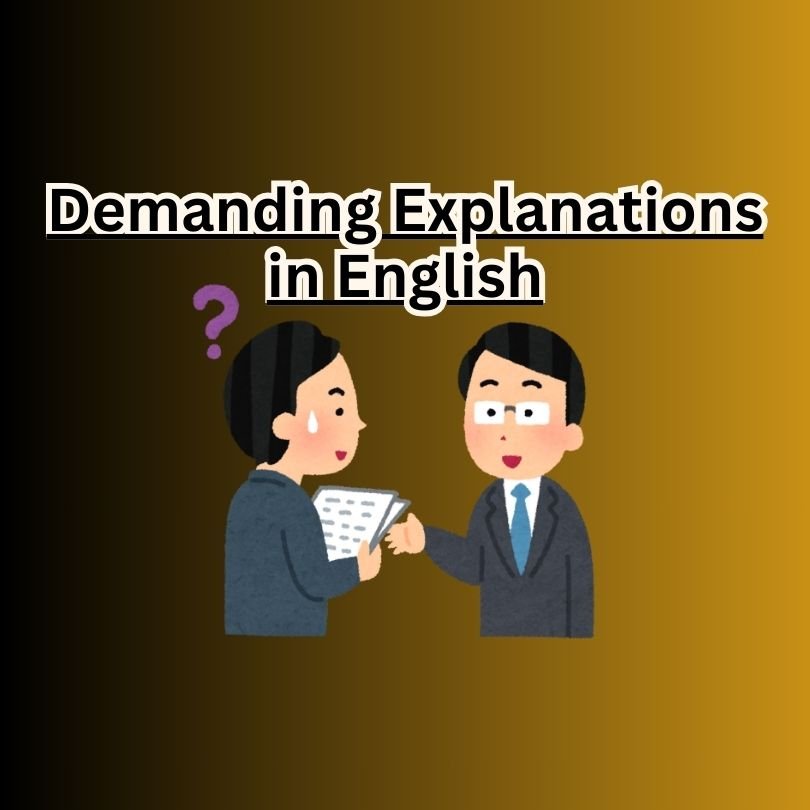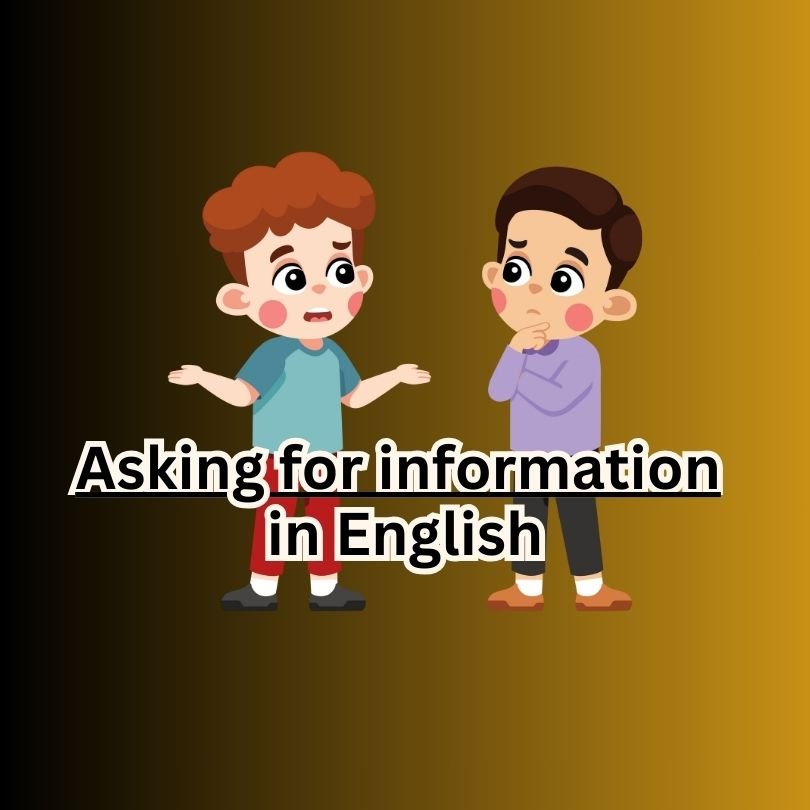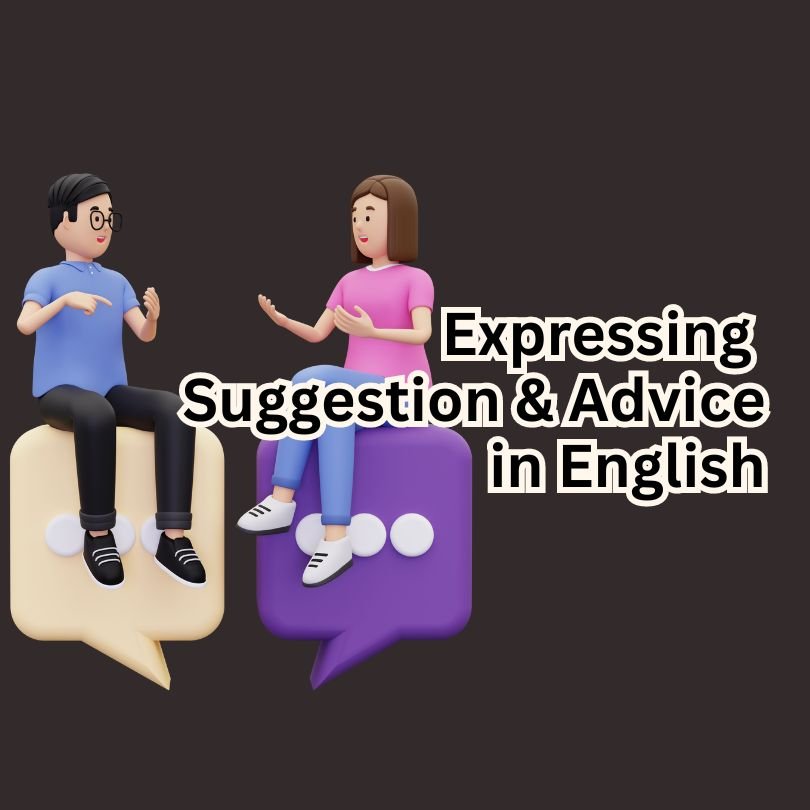Demanding Explanations in English: Common Expressions and How to Respond
Demanding explanations is a common part of communication in English, whether in everyday conversations, professional settings, or academic discussions. Knowing how to ask for explanations clearly and politely can help you understand situations better and avoid misunderstandings. In this article, we will explore various expressions used to demand explanations in English, provide examples of how to use them, and offer responses to these demands. We will also include a practical dialogue to illustrate their use in daily life.
Common Expressions for Demanding Explanations
1. “Can you explain that to me?”
This is a direct but polite way to ask someone to provide more details or clarification.
Example:
- You: Can you explain that to me? I’m not sure I understand how this process works.
- Response: Sure, let me break it down for you.
2. “What do you mean by…?”
Use this phrase when you need clarification on a specific term or statement.
Example:
- You: What do you mean by ‘integrated marketing’?
- Response: Integrated marketing means combining various marketing strategies to create a unified and seamless experience for the consumer.
3. “Could you clarify…?”
This is another polite way to ask for more information or details.
Example:
- You: Could you clarify what you meant by ‘adjusted figures’?
- Response: Adjusted figures refer to the data that has been modified to account for certain variables.
4. “I don’t quite understand… Could you elaborate?”
This expression shows that you are interested and willing to understand more.
Example:
- You: I don’t quite understand the last part. Could you elaborate on that?
- Response: Of course, I was saying that the last part of the project requires cross-departmental collaboration.
5. “Why did you…?”
This is a straightforward question that asks for the reason behind an action.
Example:
- You: Why did you decide to change the meeting schedule?
- Response: I decided to change it because many team members had conflicting appointments.
Responses to Demands for Explanations
When someone asks you for an explanation, it’s important to respond clearly and concisely. Here are some example responses:
1. Providing Detailed Information
- Request: Can you explain the new policy to me?
- Response: Certainly! The new policy requires all employees to submit their timesheets by Friday at noon.
2. Clarifying Specific Terms
- Request: What do you mean by ‘scalable solution’?
- Response: A scalable solution is one that can be expanded or reduced in size or scope without losing functionality.
3. Elaborating on Points
- Request: Could you elaborate on the budget constraints you mentioned?
- Response: Sure, the budget constraints refer to the limitations we have on spending due to the reduced funding this quarter.
4. Explaining Reasons Behind Actions
- Request: Why did you implement this new system?
- Response: We implemented the new system to improve efficiency and reduce errors in our workflow.
Practical Dialogue
Here is a practical dialogue demonstrating the use of these expressions in a daily life scenario:
Dialogue:
- Anna: Hi, John. Can you explain the new project requirements to me?
- John: Of course, Anna. The new project requirements include a detailed market analysis and a feasibility study.
- Anna: What do you mean by ‘feasibility study’?
- John: A feasibility study assesses the practicality of the proposed plan or project.
- Anna: I see. Could you clarify how we should present our findings?
- John: We should present our findings in a comprehensive report, including charts and graphs to illustrate the data.
- Anna: I don’t quite understand the last part about the data visualization. Could you elaborate?
- John: Certainly. We need to use software tools to create visual representations of our data, such as bar graphs and pie charts.
- Anna: Got it. Why did we choose this approach instead of a written summary?
- John: We chose this approach because visual data can be easier to interpret and more engaging for our audience.
Conclusion
Demanding explanations in English is an essential skill for clear and effective communication. By using expressions like “Can you explain that to me?” and “Could you clarify…?”, you can seek the information you need politely and efficiently. Remember to respond to such demands with clear, concise, and detailed explanations to ensure mutual understanding. Practice these expressions in daily conversations to become more comfortable and proficient.




